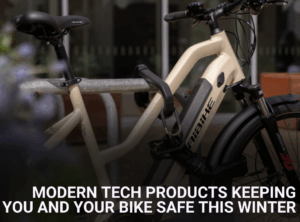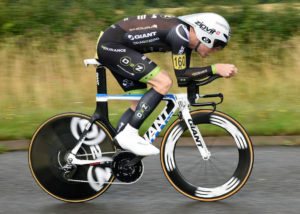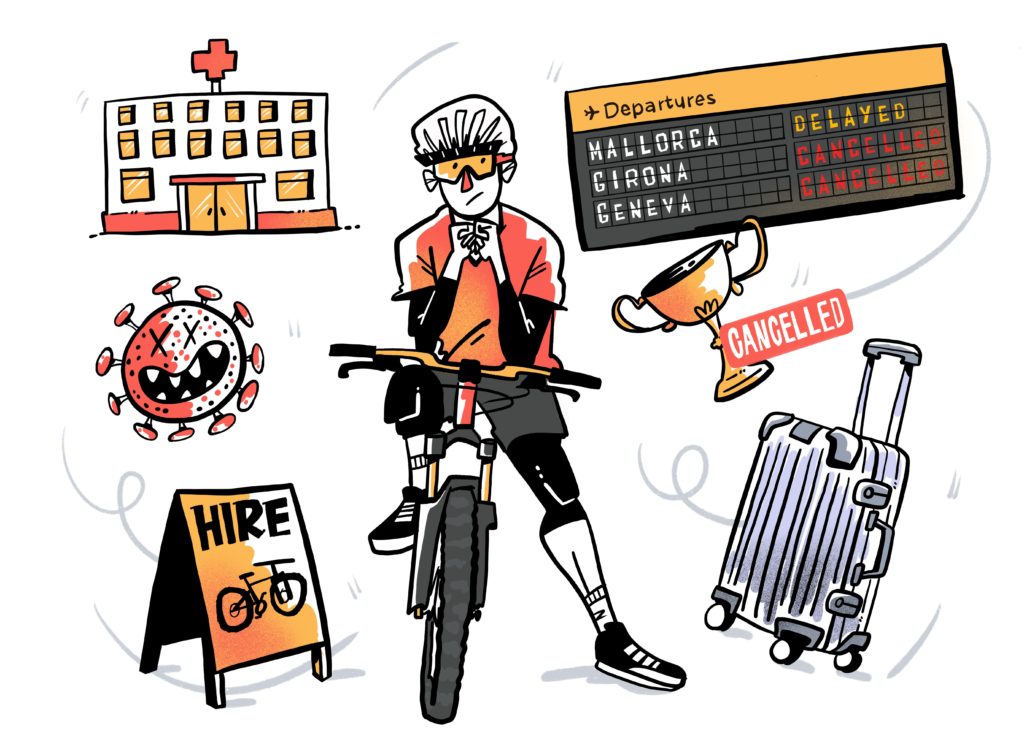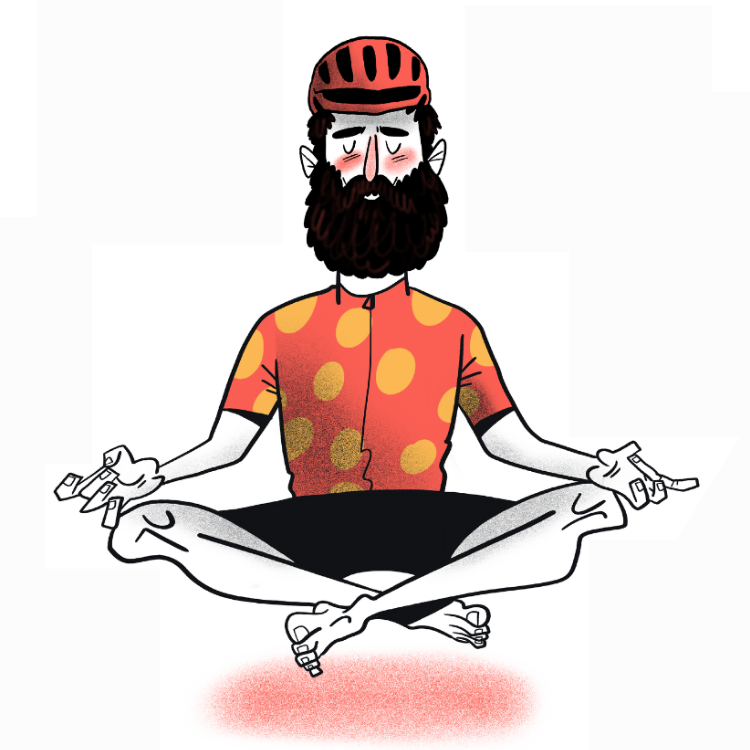We’ve all done it before. Forked out a small fortune on energy gels, bars, and drinks, only to wonder afterwards if they were really worth the price. Don’t get me wrong, specialist sports nutrition has its place, especially during intense efforts or races where its energy density and convenience is difficult to beat. But when it comes to regular training rides, there are far more budget-friendly and likely healthier ways to fuel your body without draining your wallet.
Getting your fuelling right is essential if you want to avoid the dreaded ‘bonk’ (or, in less cycling-speak, completely running out of energy). Thankfully, you don’t need a cupboard full of expensive branded products to stay energised. From supermarket snacks to DIY sports drinks, there are plenty of cost-effective alternatives that work just as well, if not better for most training rides.
In this post, I’ll share some of my favourite tips and alternatives to help you fuel for less
Swap sports drinks for homemade electrolytes
Mix water, a pinch of salt, and a splash of orange or lemon juice with a spoon of sugar or honey. Add a dash of squash or coconut water for taste. Cheap, effective, and free from artificial additives.
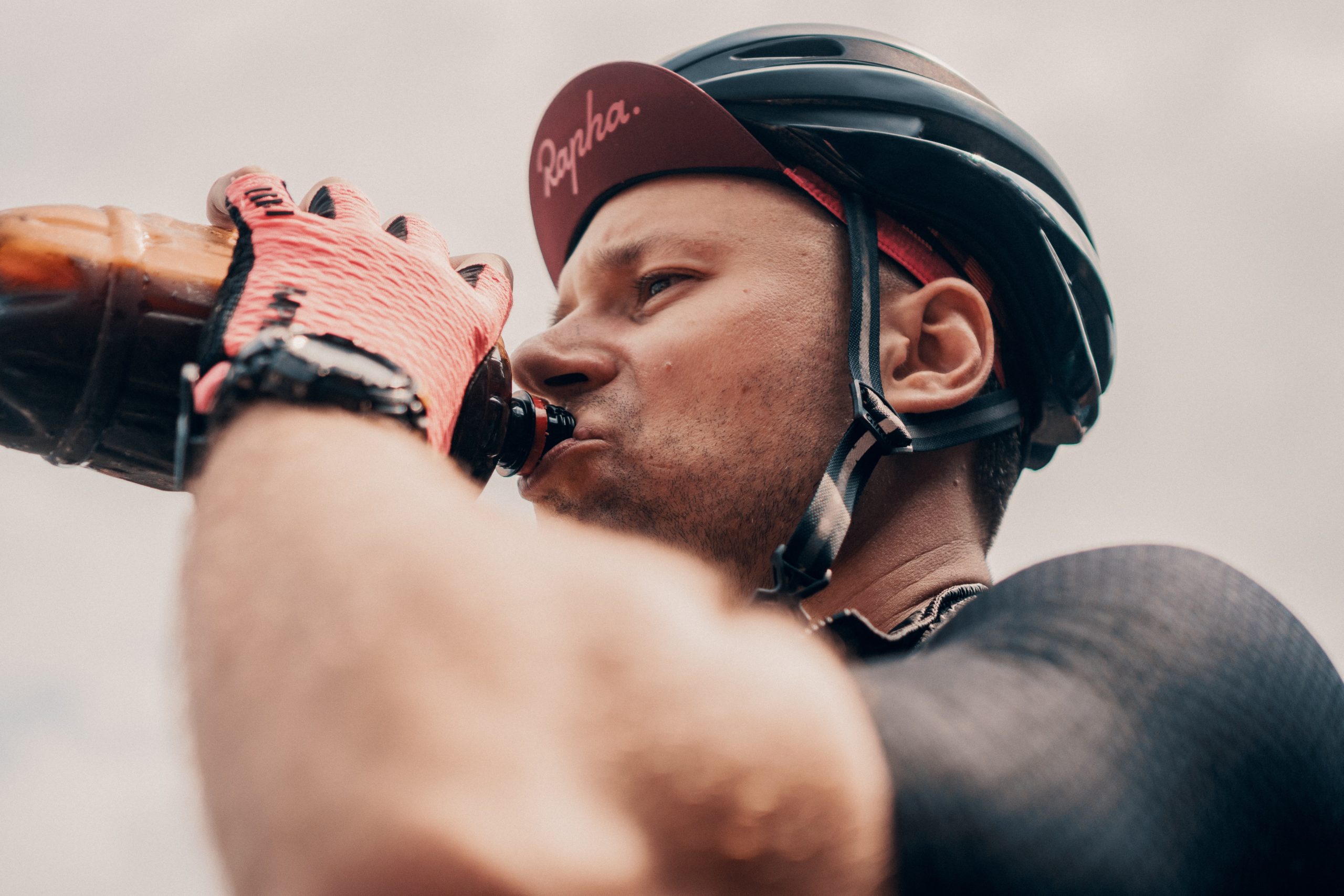
Use supermarket alternatives
Instead of £2–£3 energy bars, try:
Fig rolls, Jaffa Cakes, malt loaf, or breakfast biscuits. Fruit pouches (like baby food) for a natural carb hit. Mini flapjacks and oat bars from bulk stores or Lidl/Aldi. If you’re gluten free and don’t have the time or energy to make your own bars, Trek bars offer a good value
Make your own energy bars or balls
DIY energy bars can be made in batches using oats, honey, peanut butter, dried fruit, and nuts. Im a big fan of making a Snickers style flapjack. They taste great, easy to make and are calorie dense. Once made, storethem in the fridge and wrap in foil or baking paper for your ride. Bonus: no plastic wrappers and you can tailor ingredients to your taste and dietary needs.
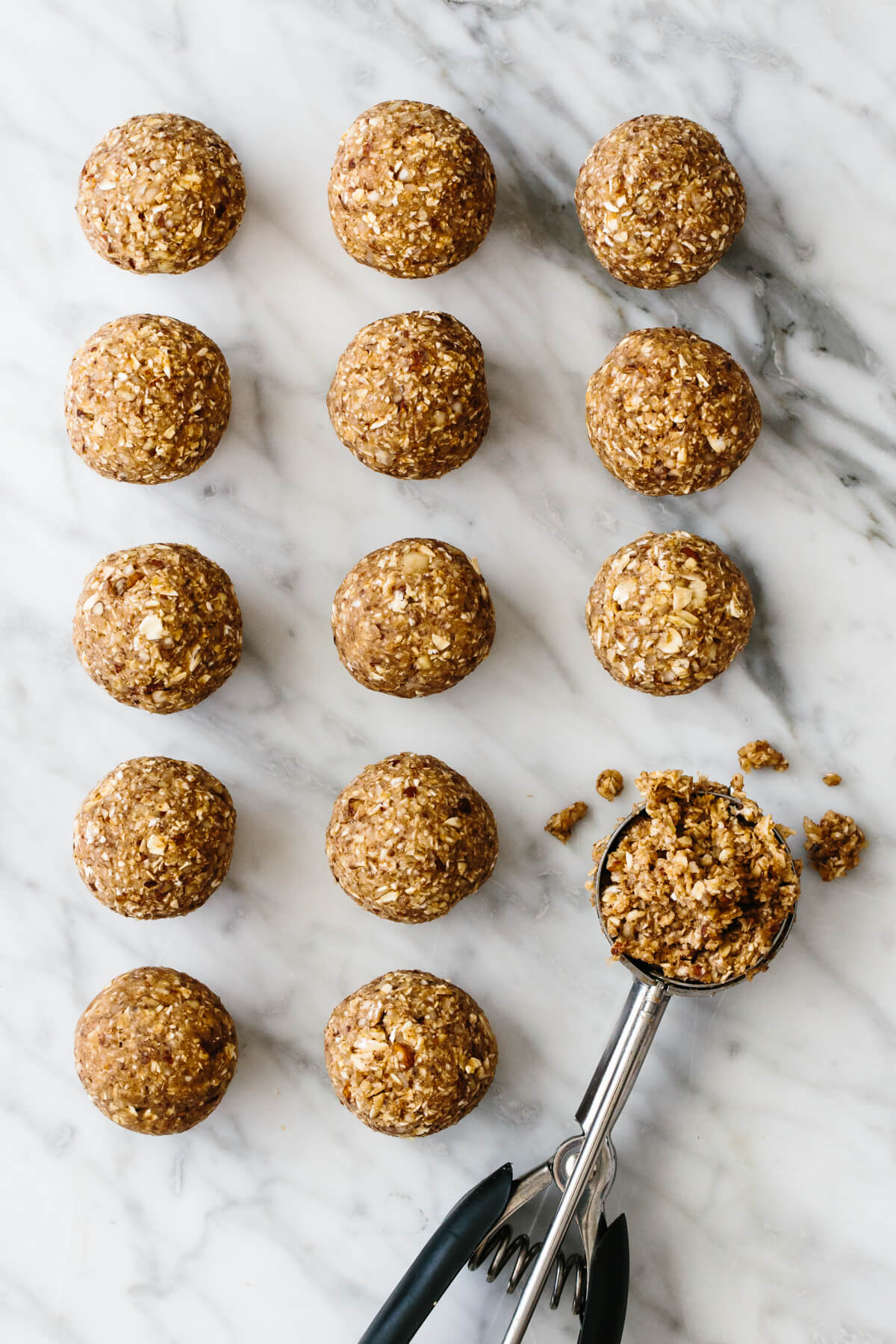
Buy in bulk online
Look out for multi-pack discounts or end-of-line clearance deals on trusted sports nutrition sites.
Train with real food
Try bananas, jam, or peanut butter sandwiches (I go for both as they’re less claggy!), rice cakes, or wraps cut into small portions. Bananas are a great source of carbohydrates with 25-35g per banana, and are high in potassium which can help to replace some of the electrolytes lost when you sweat. For those of us with a sweeter tooth, Dates are the natural fruit equivalent of wolfing down a load of Haribo sweets or eating gels-three dates will provide 200 calories. They are a great source of carbohydrates, fibre, proteins and other nutrients (including B vitamins, vitamin K, calcium, iron, magnesium, potassium, zinc, and manganese), some of which act as antioxidants, which can help to reduce inflammation and promote recovery after exercise.
These are often easier on the stomach and offer a steadier energy release than some gels.
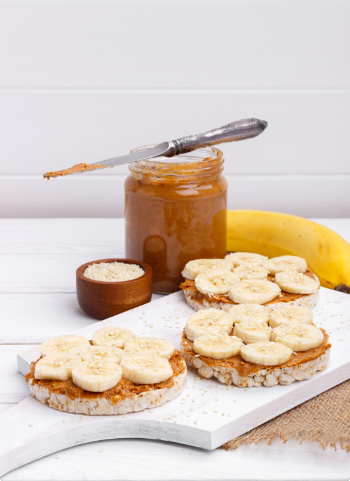
Use gels only when you need them
Save your expensive gels for race day or key high-intensity sessions.
For steady rides, your body will thank you (and so will your bank account) if you fuel with real food instead.



